Interviews, People, Photography, Surf PhotographySurf Simply Interviews: Callum Morse

Surf Simply is a team of specialists; people at the top of their game with a passion for surfing and learning. Callum Morse is one of Surf Simply’s photographers. At work he spends countless hours in the sea or behind a tripod, staring through a viewfinder to capture the pinnacle moments of our guest’s time with us. At play he does much the same, capturing incredible images of waves and surfers. To find out more about “the eye” behind much of Surf Simply’s aesthetic – how he became a surf photographer, what the job entails, and how he exercises his creative talent outside of Surf Simply, Callum is the subject of our latest Surf Simply Interview.
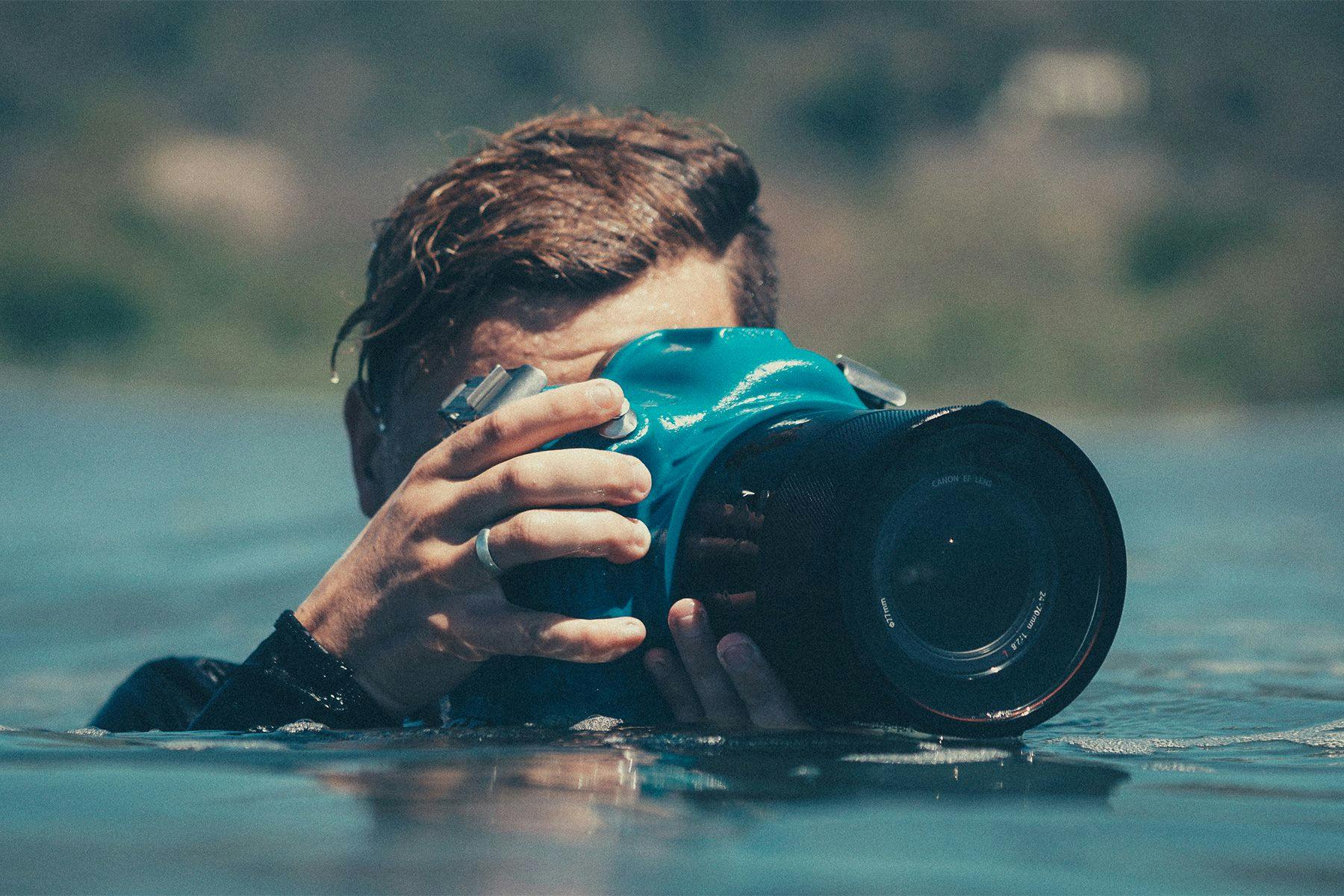
Callum, what’s your role at Surf Simply?
I am one of two in-house photographers here at Surf Simply. I work closely with Marine Jaud in creating images that tell the story of both Surf Simply and the guests whom get the pleasure of meeting and getting to know each week. I also look after most of our social media presence.
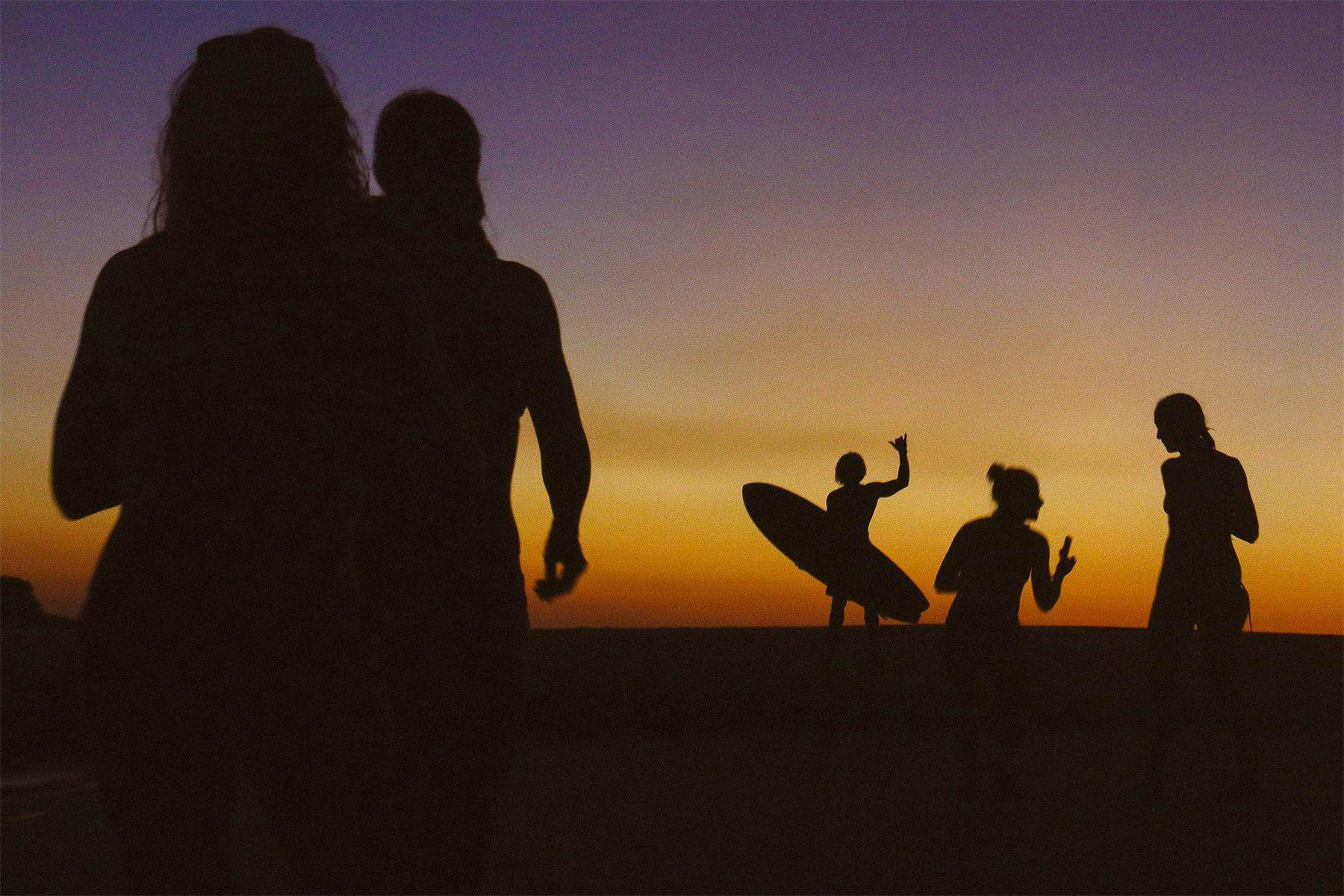
Does that see you shooting exclusively from the water, or do you shoot from land also?
It’s a mix, depending on the conditions. I shoot a few land sessions and a few water sessions each week; once I have a few good land shots of everyone in the bag it’s always nice to jump in the water to try and create something a little different or show a different perspective.
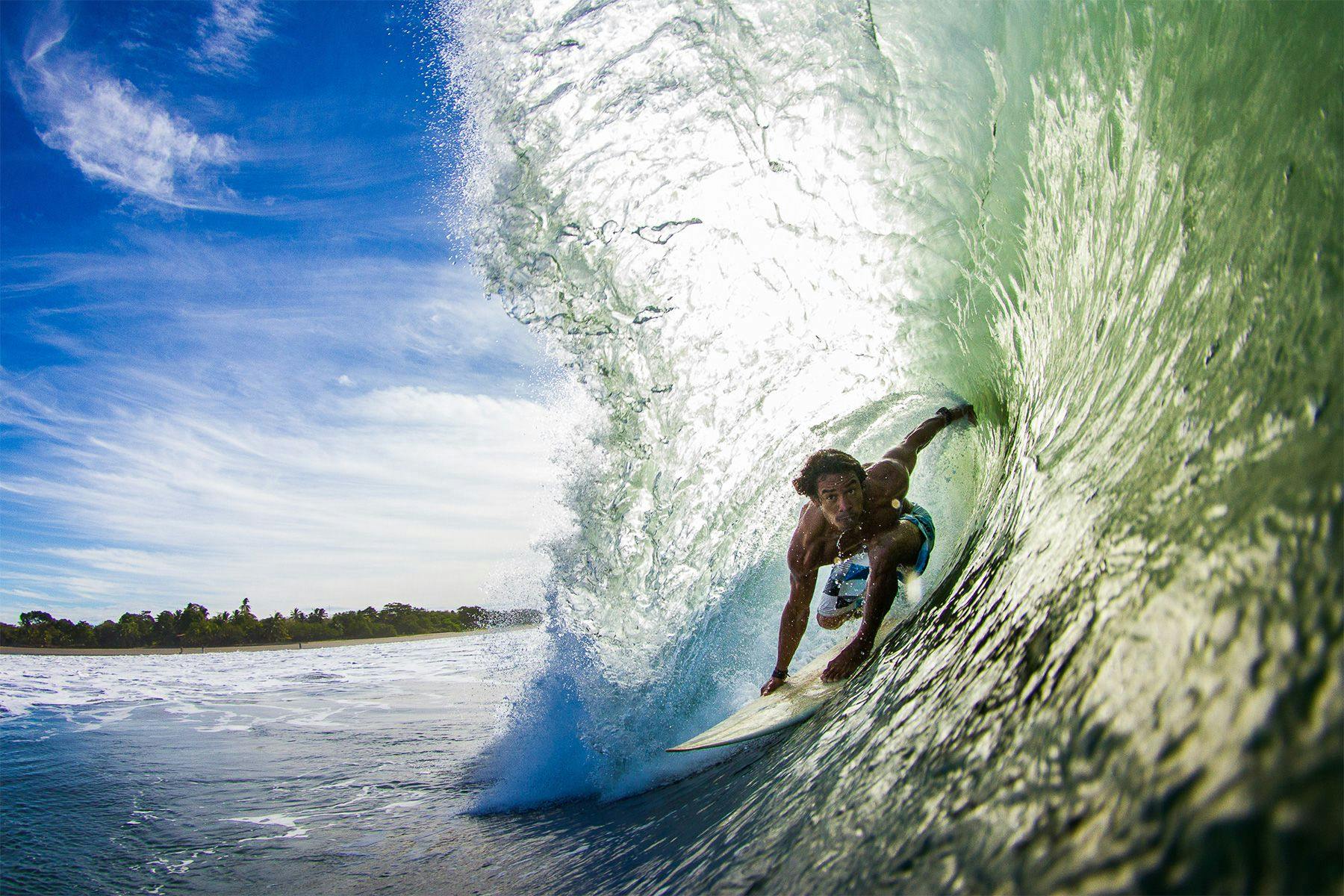
Just like several other members of Surf Simply’s international team, you hail from Cornwall in the southwest corner of the UK, but not from the same area as them. How did you come to be working as a surf photographer in Costa Rica?
I grew up and have always been based in the Gwithian area in Cornwall, maybe an hour or so south from where some of my other Surf Simply colleagues are from, although Tommy and I knew of each other through college. I had been working seasonally as a photographer and surf coach in Nicaragua for 3-4 years and had actually met a few Surf Simply guests in that time. I always respected Surf Simply as both a goal in my surf coaching and because of the guest experience that I saw in their weekly videos. I sent an application, and maybe 6-12 months later I had my first chat with Ru.
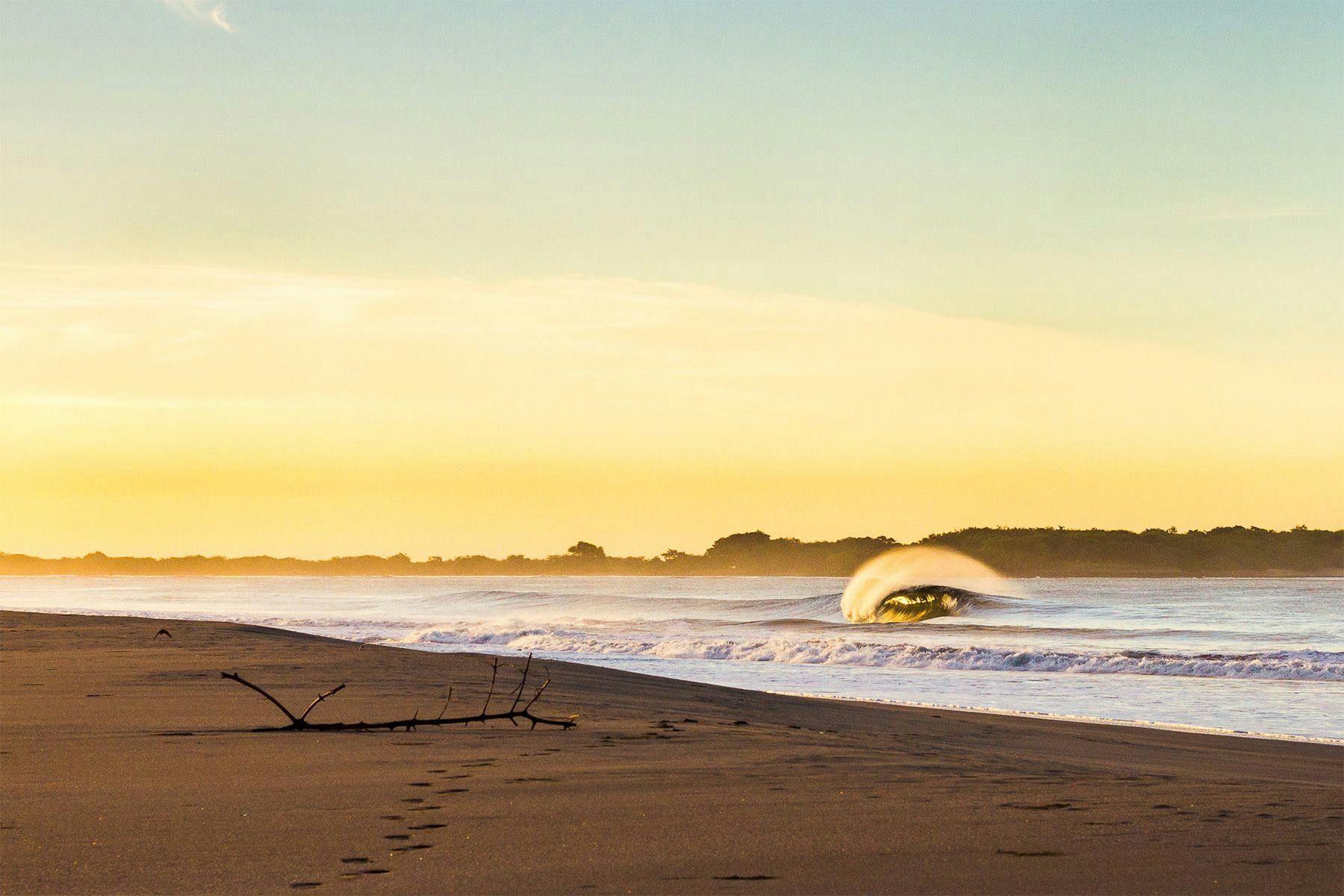
Forging a career as a full-time professional surf photographer is no mean feat in this day and age. What are the struggles that you’ve faced along the way?
It’s definitely become much harder for surf photographers to create a career from their work, especially since the huge fall-off in print media. I used to get the odd picture ran in surf magazines but when you take into account the cost of equipment, time spent chasing waves, and fuel driving around the coastline, the paycheque from the mags never came close to making it a profitable endeavour. I then went into working with camps and running tours around the world, which allowed me to see new places and meet lots of new people whilst getting a fairly regular wage. One of the main things that photographers need to push for is actually getting paid, since a lot of companies and camps may try to trade your work for “exposure” or accommodation. It’s important to take pride in your work and see the value in it.

Swimming around a shifting beach break with a camera housing every day is physical work. How far do you think you swim each day, and how do you keep yourself fit and energized for your work?
It’s can definitely be demanding on the bigger days when you’re trying to cover a number of surfers over a wide line-up. In terms of how far we would swim is hard to say – there are times when you’re swimming against a current just to hold position! In a typical session we are generally constantly swimming and/or treading water for 90 minutes. I try and surf as much as I can when not shooting, so between that and swimming during shooting that keeps me in fairly good swim fitness. The main difference shooting here in Costa Rica is that I don’t need to be covered in 5mm of neoprene from head to toe!
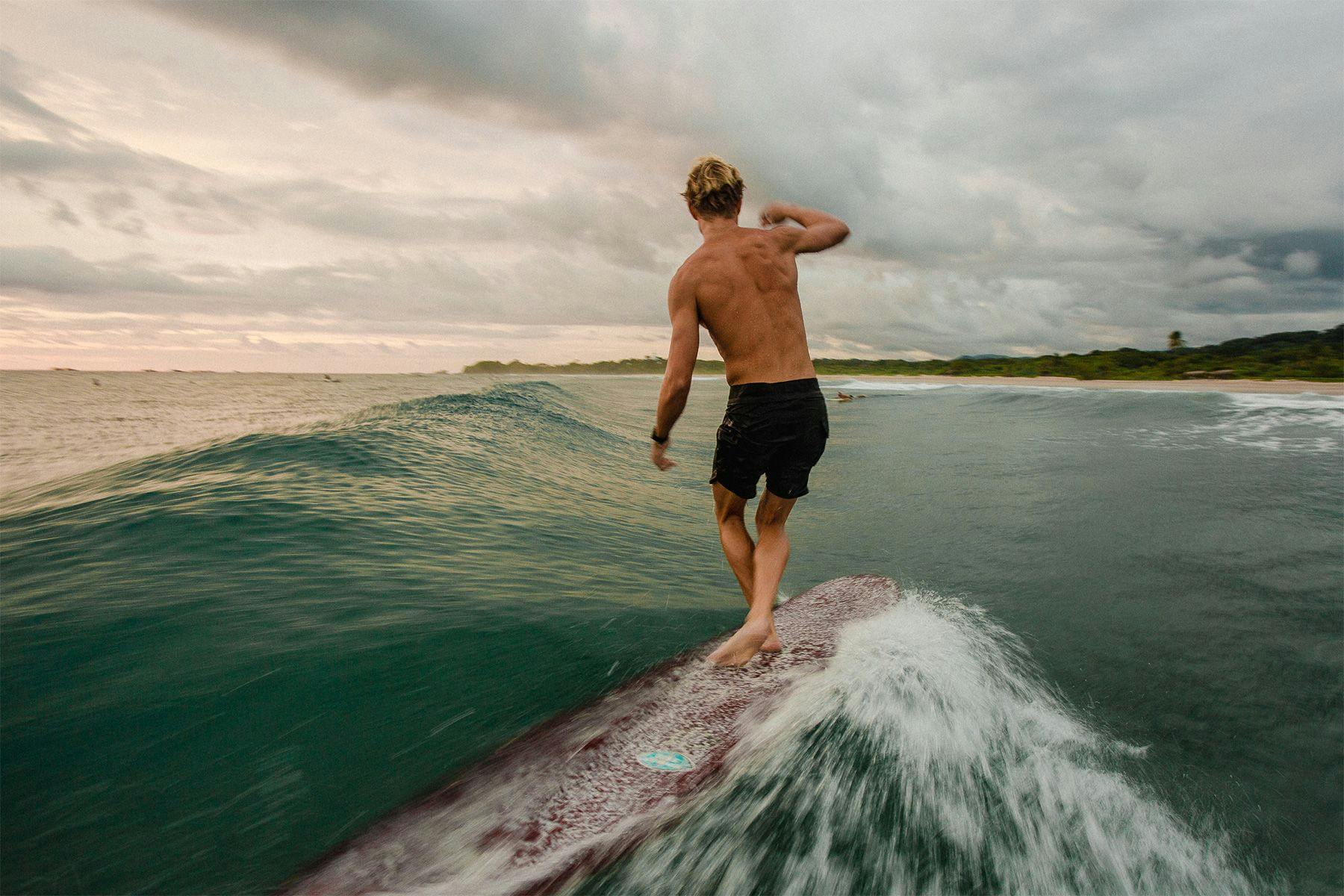
What are some of your favourite projects that you’ve worked on or locations that you’ve shot in, before moving to Costa Rica?
I worked on a bodyboard piece in the Mentawai Islands a few years back that ended up as a Red Bull article, which was super fun. When it comes to favorite locations there are a few heavier waves on my doorstep at home in Cornwall which I grew up learning to shoot on that I really love to shoot, especially with old friends from back home. I also have a soft spot for a few waves in Nicaragua that I visit regularly. I most enjoy shooting in heavier waves where I feel challenged both physically and technically.
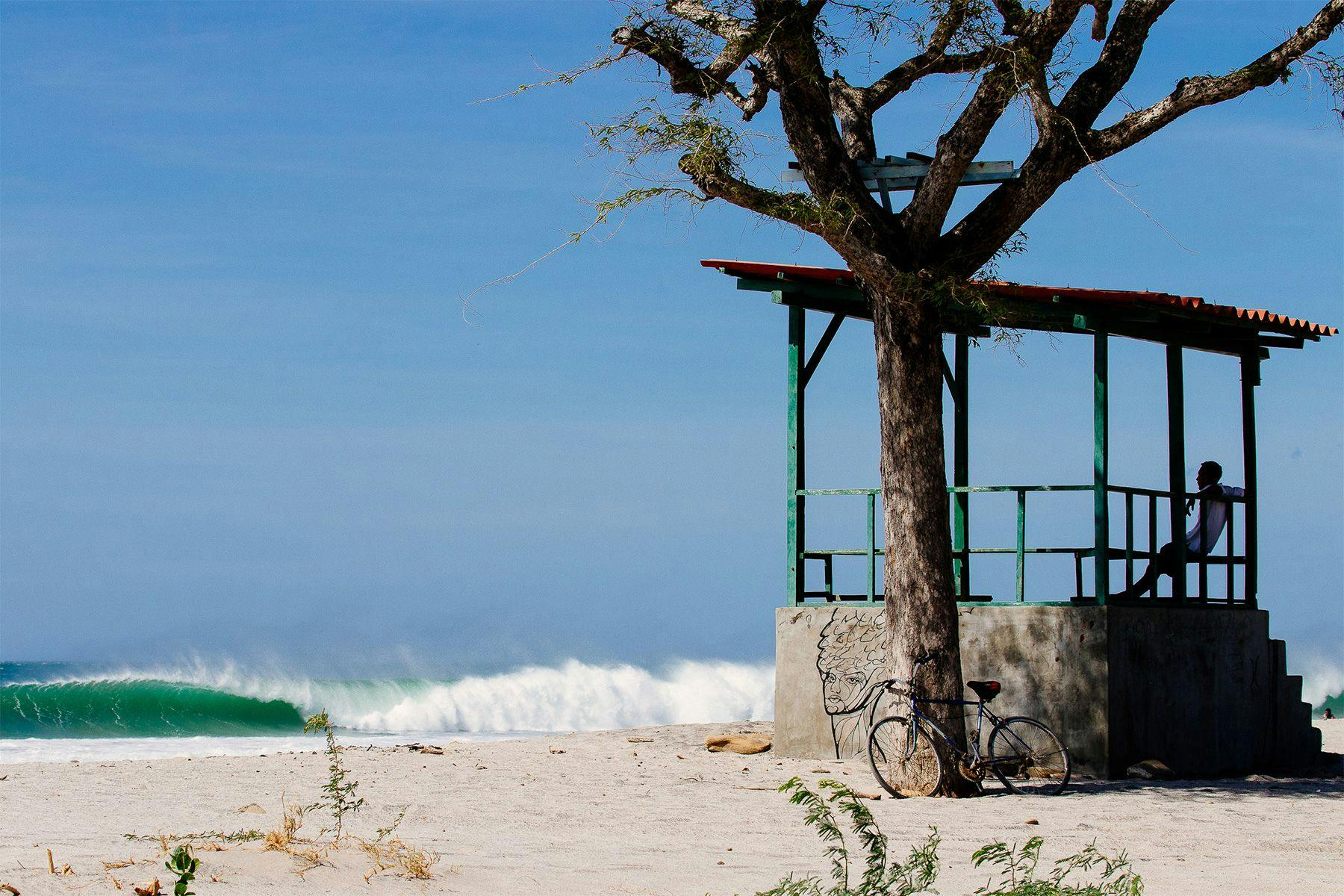
And what about your current work outside of Surf Simply? Can you tell us more about any side projects that you have on the go at the moment?
Recently I have been shooting a lot of longboarding and it’s been fun experimenting with a few different techniques. Luckily we have an abundance of very talented surf coaches here so I’m spoilt when it comes to subjects to shoot. Other than that I am just trying to improve myself in other areas of my photography, predominantly portraiture. My fellow Surf Simply photographer Marine has a great eye for capturing people’s character and emotion, that’s something I strive to become better at during 2019.
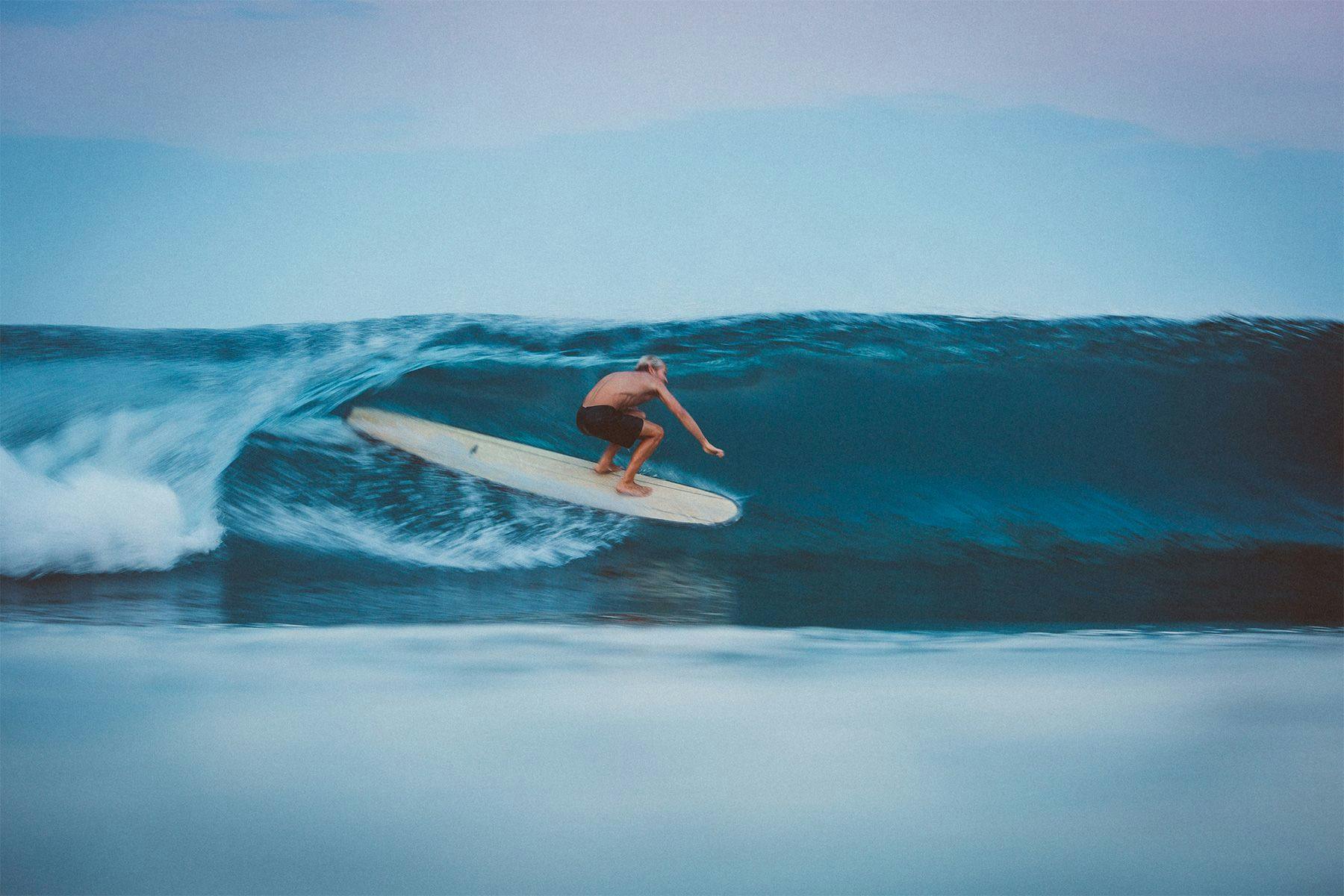
At the end of last year you produced a 2019 calendar of beautiful wave images shot around your home in Cornwall. Do you have a preference between shooting surfers or empty waves? Why?
I have always loved shooting empty waves at home in Cornwall. It’s always a challenge chasing the swell around the coast to find a spot that’s working when the sun, large tidal range, swell and wind align. To find yourself in the right place and nail a shot in that decisive moment is hugely rewarding. I owe a lot to the coastline of Cornwall and I really enjoy sharing the beauty of it with others.
On the other hand if I am shooting with a surfer or subject and we are working towards a certain image, I find that same enjoyment and thrill. It’s not something I can pick between.
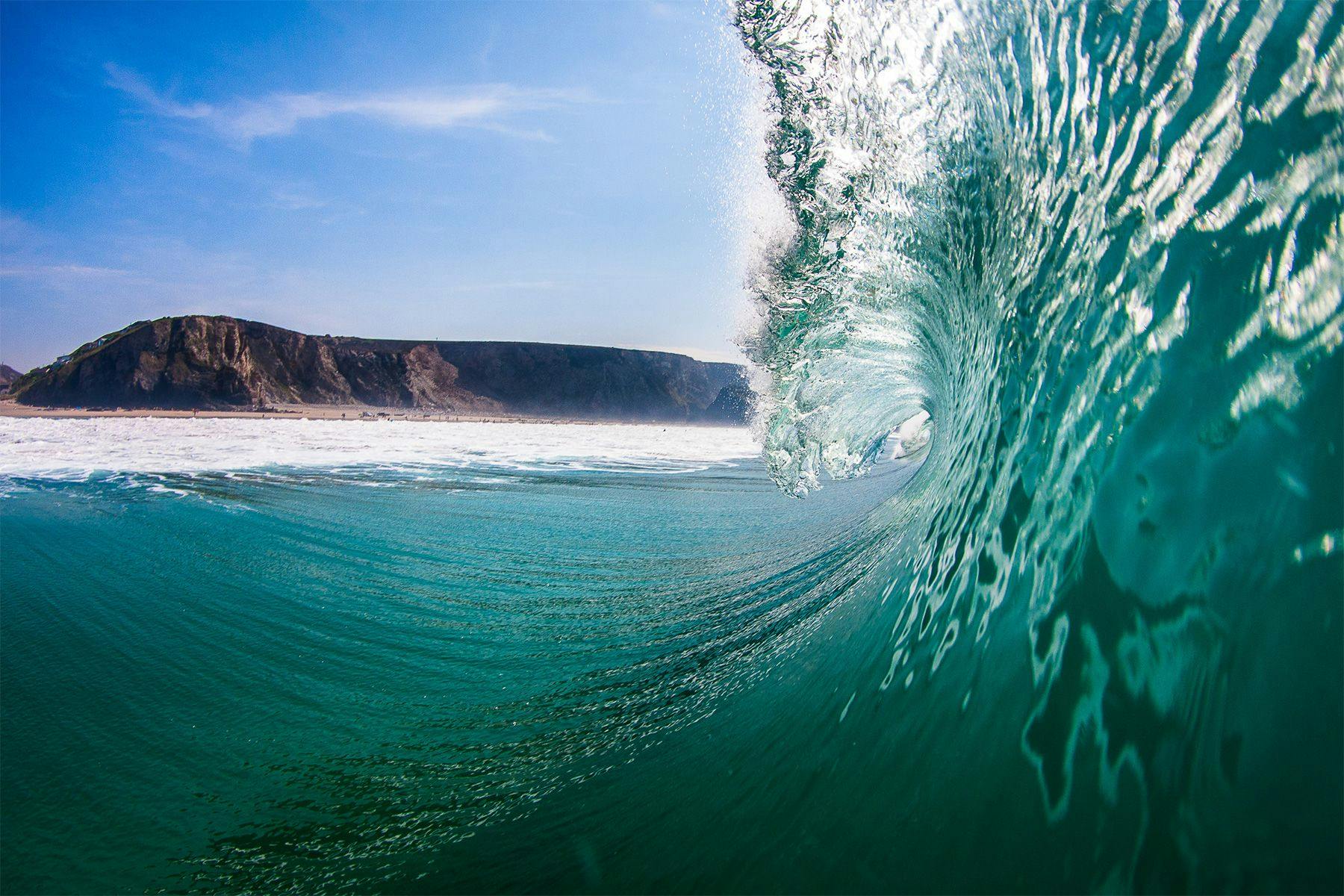
We ask every photographer whom we feature about their kit. What do you use to create your images? Your camera, lenses, housing and the fins that propel you every day…
I shoot with both a Canon 5D and a 7D Mark ii in and out of the water. When shooting in the water I use Aquatech housings and their range of ports. For flippers, I find that DaFins are the comfiest for daily swimming.
Cameras
Canon 5D III
Canon 7D II
Lenses:
Canon 17-40mm f4
Canon 24-70mm f2.8
Canon 70-200mm f4 IS
Canon 800mm F4
Aquatech Housing
17-40mm Port
24-70mm Port
70-200mm Port
You can enjoy more of Callum’s photography on his website or @happycallum.